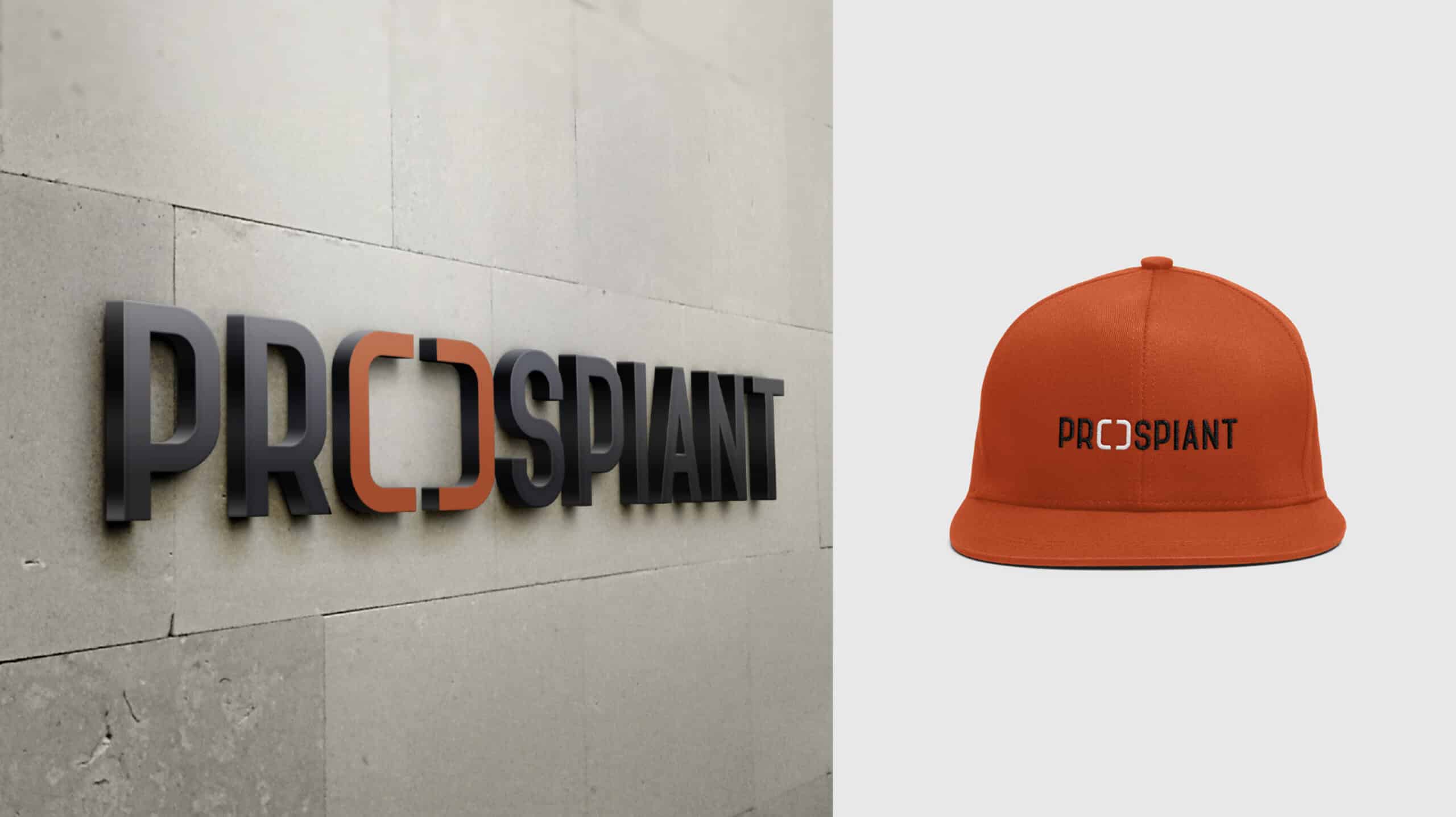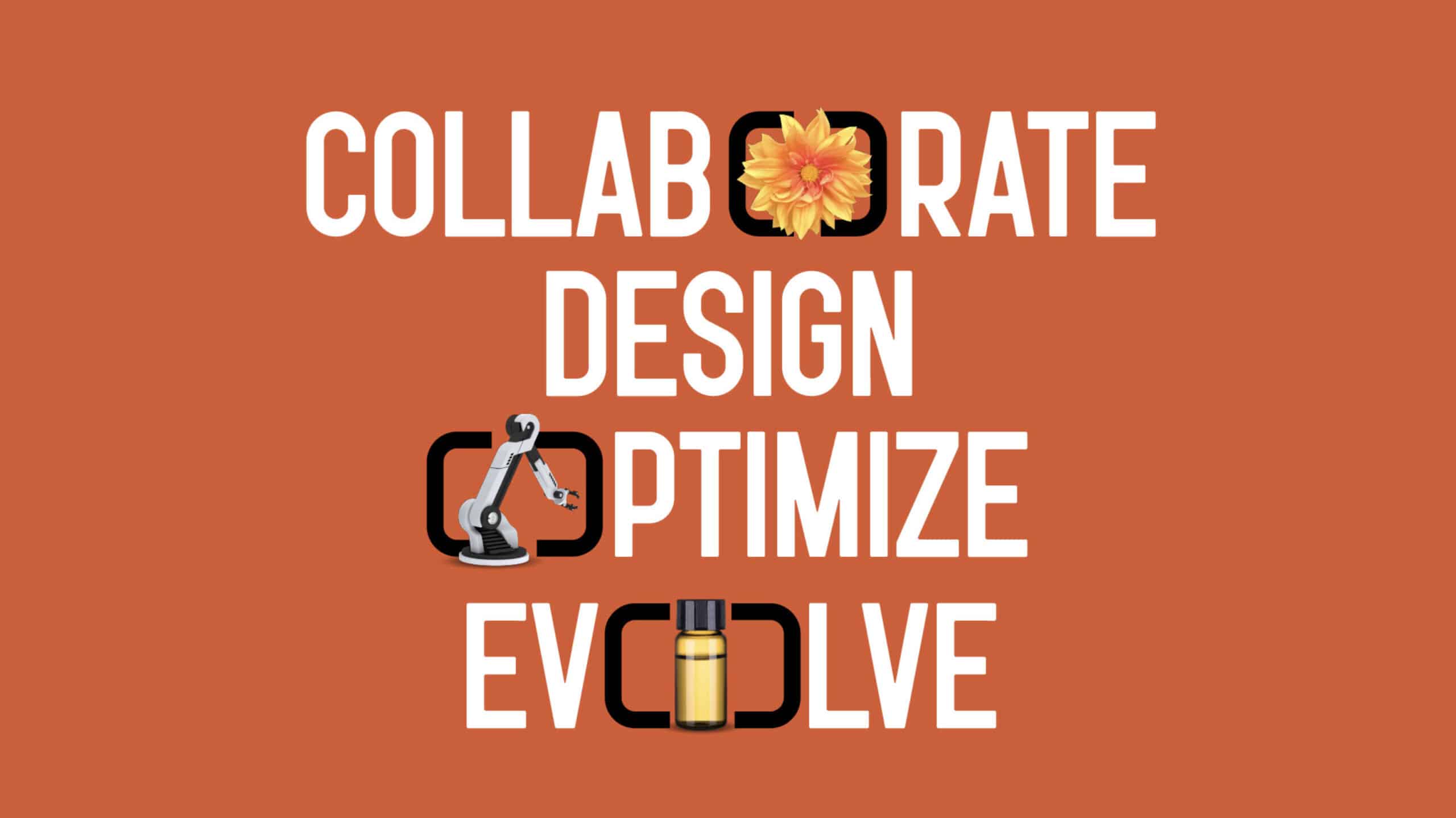Subscribe to Our Newsletter
When companies acquire businesses or products, a range of B2B brand strategies can help them maximize the transaction’s value. Sometimes they choose to fully integrate an acquisition into an established brand portfolio, promoting cross-selling and other synergies. Other times, they keep the acquired brand a separate entity, as when a company’s reputation needs some repair. There are plenty of other options between these two extremes, too.
Occasionally, however, an acquisition has such a transformative effect on the acquiring company that it changes the very nature of its business. This was the situation faced by Gibraltar Industries, a leading manufacturer and distributor of products for the agtech/renewables, infrastructure and residential markets in North America, when they came to DeSantis Breindel.
Acquisitions had created rich opportunity for Gibraltar to grow and deepen its partnerships. It was a moment to reshape marketplace perceptions of what was possible—by building an entirely new brand within their established portfolio.
New Markets, New Customers
Historically, Gibraltar’s Growing & Processing (G&P) team focused on providing structures to greenhouses, conservatories, retail garden centers and universities. But with two significant acquisitions in the cannabis growing and processing technology market, the G&P group was poised to move beyond supplying greenhouse structures. Gibraltar could now provide turnkey greenhouse and botanical oil extraction solutions—which positioned them in entirely new markets with new target customers.
Gibraltar’s management asked us to recommend a strategy for integrating the acquired businesses into their existing portfolio of brands. Their goal was ambitious: to become the leading agtech solutions provider in controlled environment agriculture.
With a total of six brands coming into the fold, our challenge was to define a credible and compelling brand that spoke to diverse audiences, including farmers, researchers and cannabis growers. We also needed to design new brand architecture that could bring this disparate collection of businesses together, helping stakeholders understand their individual and collective value.
Could the established Gibraltar brand “stretch” to accommodate the new businesses? Or should Gibraltar carve out a new sub-brand? And if so, how would this brand co-exist with the parent brand?
To answer these (and other) questions, we conducted research interviews with Gibraltar leadership as well as leaders of their agtech businesses. We supplemented these conversations with in-depth external interviews. And we learned something fascinating: the marketplace was looking for more than products and services. Partners sought advice and support to help navigate their fast-changing environment. They needed insight.
Research also revealed that the company’s long history in different segments of the market was seen as a key advantage. As we shaped a vision for Gibraltar’s future, leveraging its businesses’ history (including those most recently acquired) was a key imperative.
A New Master Brand—and a New Name
We recommended a new master brand for the G&P group along with a unified go-to-market strategy. This approach would empower us to leverage the history and expertise of legacy brands across an entire value chain (“from soil to oil”) to build equity around a single entity.
The new brand’s unifying concept was “Growth rooted in partnership.” This spoke directly to business executives as well as farmers on the ground. It emphasized the company’s commitment to client success (“growth”) as well as the key ingredient in making it a reality (“partnership”).
To bring cohesion and distinction to the group, we developed and proposed a new B2B brand name: Prospiant. The name combines “prosperity” with an “ant” suffix, positioning the company to represent “the one who helps others prosper.”

The brand’s design system is built around a stylized bracket that represents partnership while also suggesting a rigorous attention to detail. This shape features prominently in Prospiant’s new logo and is a unifying design feature across communications.
A distinctive color palette and visual system, bold and clear, further emphasize the company’s innovative approach to leading the future of agtech.

New brand strategy and architecture communicate Prospiant’s commitment to providing a seamless experience for floriculture and cannabis producers. It aligns organizational structures, equipment and systems product lines in ways that make intuitive sense, as it reflects what buyers need and seek.

With its new brand strategy and architecture, supported by a unique new name and visual identity, Prospiant is now positioned as much more than a combination of six companies. It’s an exponentially more valuable contributor to success—for customers, employees and communities.
The new brand won high praise from Prospiant’s combined workforces and the industry on launch. The market understood its promise, to the tremendous benefit of the business. And employees understood their unified purpose and value, inspiring them to partner more deeply and meaningfully with the customers who look to them for guidance.
Want to talk about finding the unifying value stories in your portfolio? Let’s talk.



